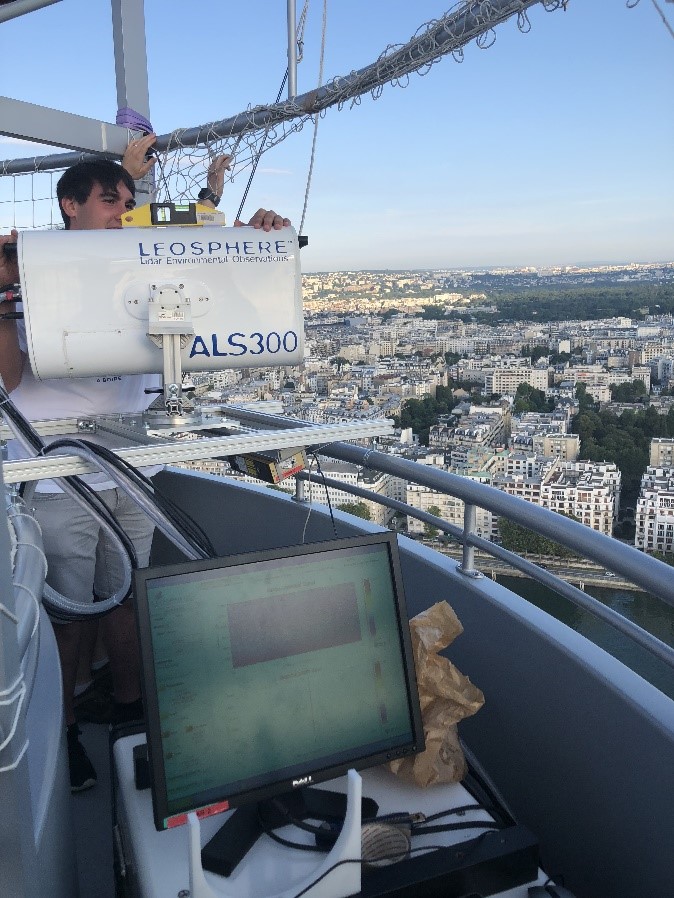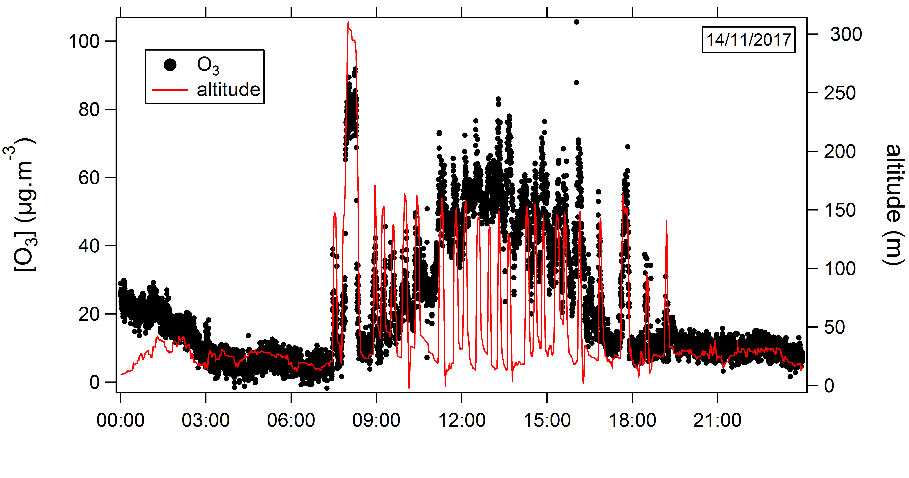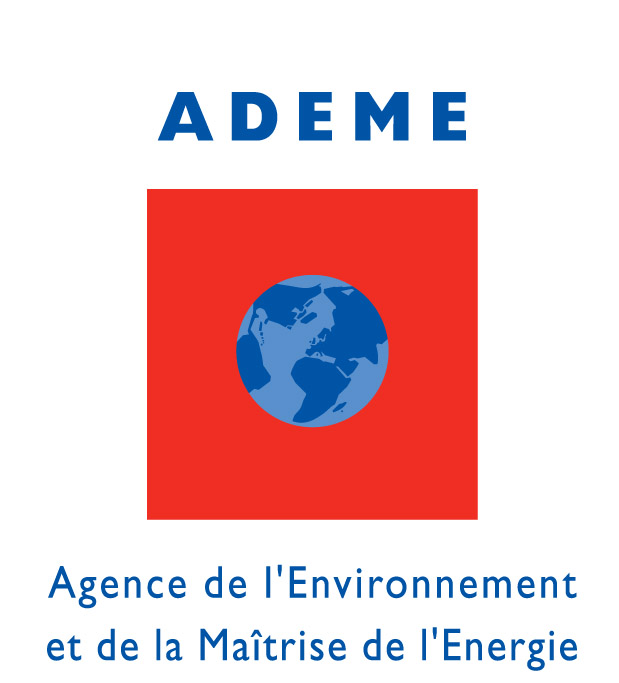MESUrPOP
MESUrPOP: Observation of vertical and horizontal urban structures in Paris for ozone and aerosols
Atmospheric pollution represents a growing matter of concern because of its impact on health and climate. This is even truer in urbanized areas which gathered an important part of inhabitants but also of pollutant emission sources. This pollution can be primary, i.e. coming directly from emission sources including anthropogenic ones (traffic, industries, woodburning, agriculture etc…), or secondary, i.e. coming from chemical transformations initiated by solar radiation or atmospheric oxidants. Among the atmospheric pollutants, ozone and aerosols are particularly noticeable. Indeed, ozone is a secondary pollutant, and its concentrations are submitted to French and European regulations because of its noxiousness for health (irritation of eyes and respiratory system), its phyto-toxicity and its role as greenhouse gases. Aerosols can primary or secondary and are also subject to regulations both at national and European scale because of its health impact (respiratory and cardio-respiratory diseases) and its impact on climate. Therefore, ground level of these two pollutants (mass concentration of particulate matter of diameter below 10µm (PM10) for aerosols) are continuously monitored by air quality monitoring agency such as AIRPARIF in Ile-de-France region.

FIGURE 1 : LIDAR MEASUREMENT CAMPAIGN AT “BALLON GENERALI” DURING SUMMER 2018
Thanks to the support of ADEME, in the framework of this project, a campaign to test the feasibility of producing maps of aerosol concentrations from LIDAR horizontal scans on-board of the “ballon Generali” platform which is a tethered balloon located in “André Citroen” park in the 15th district of Paris (cf. Fig. 1). The main objective is to check whether this kind of maps performed during rush hour period allow to highlight urban structures identifying areas of high or low emissions of aerosols in Paris. In the framework of this project, continuous measurements of vertical gradient of ozone (cf. Fig. 2) and fine particle number concentrations (from diameter of 0.3 to 100µm) will be conducted on-board of the balloon, as a complement to AIRPARIF measurement network.

FIGURE 2: EXAMPLE HIGHLIGHTING POSITIVE VERTICAL GRADIENT OF OZONE
Projet ADEME CORTEA-2017-1762C0004
Date : 04/2017-06/2019
Contacts LISA :V. Michoud
PI : V. Michoud
Partenaires :
AEROPHILE S.A.
LISA Laboratoire Interuniversitaire des Systèmes Atmosphériques, CNRS/UPD/UPEC
LPC2E Laboratoire de Physique et Chimie de l’Environnement et de l’Espace, CNRS/Université d'Orléans


